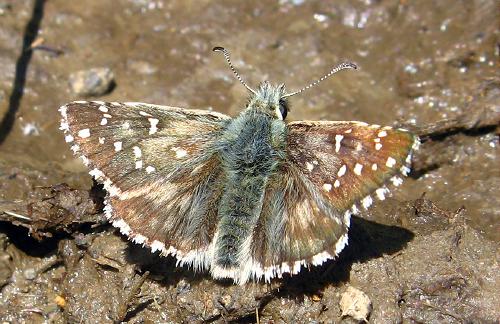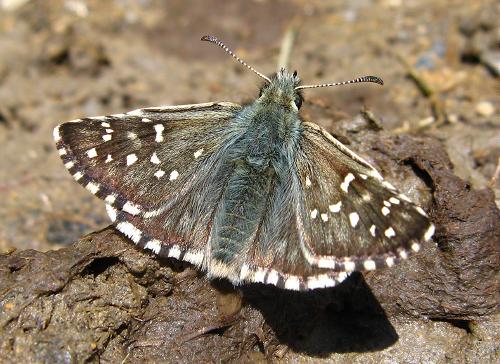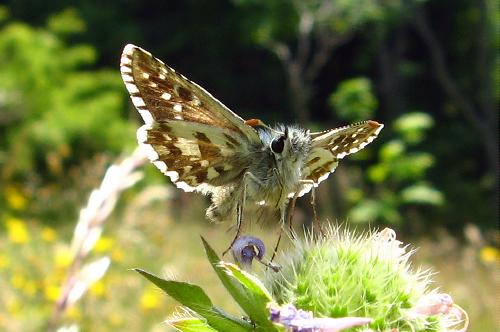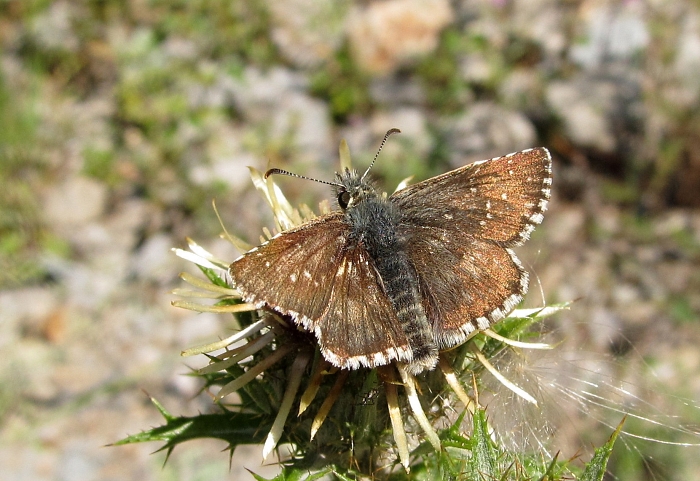
Male, Switzerland, August 2013

Male, Switzerland, August 2013
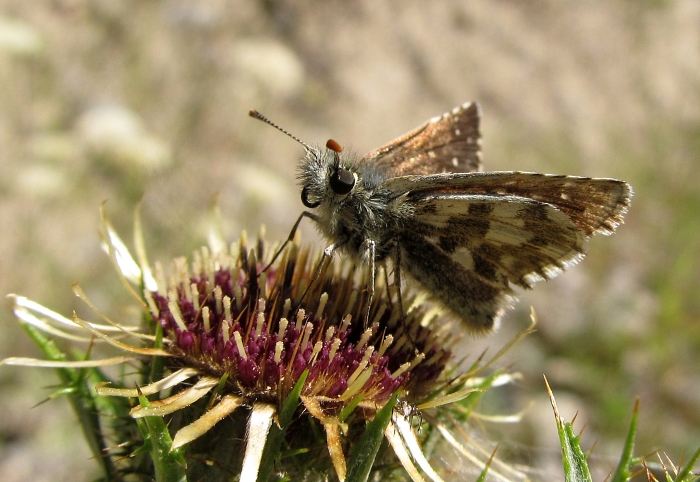
Male, Switzerland, August 2013

Male, Switzerland, August 2013
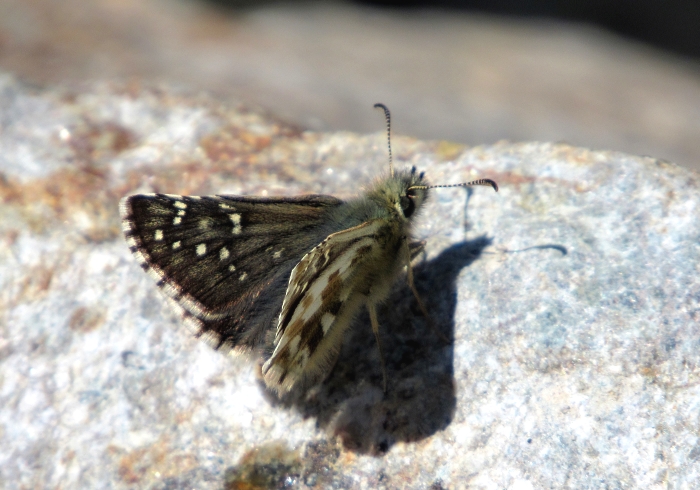
Male, Switzerland, July 2015
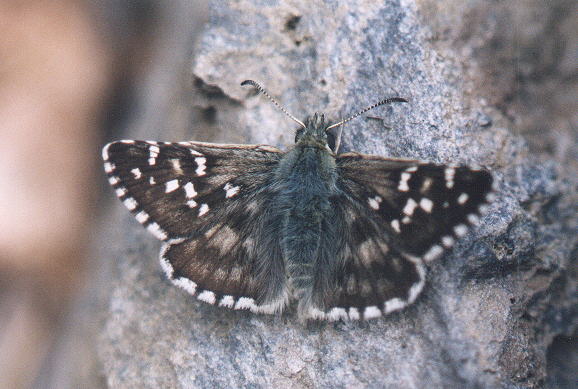
ssp. centralhispaniae, Val d'Aran.
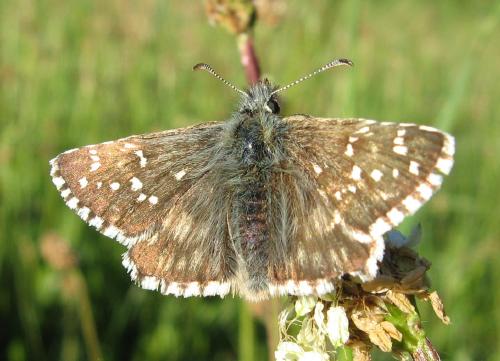
Male, Switzerland, May 2007 (ssp. alveus)
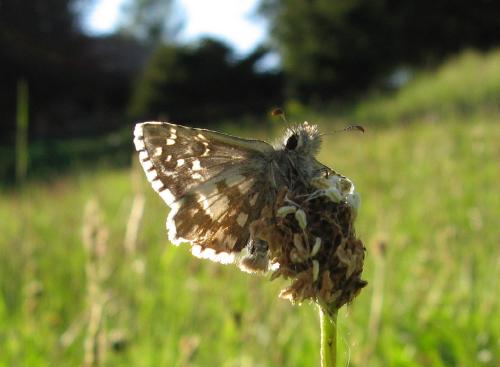
Male, Switzerland, May 2007
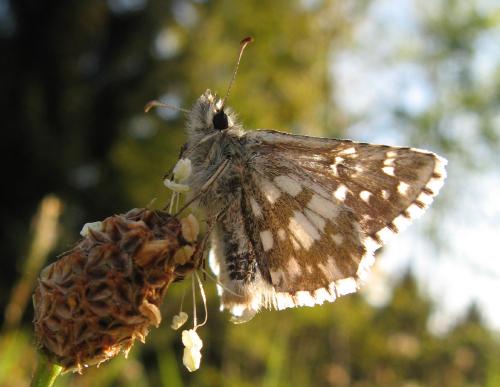
Male, Switzerland, May 2007

Distribution
This is a very widespread
and variable
butterfly - most probably a complex of closely related taxa, some of
which might properly be counted as good species. Named subspecies
include alveus, scandinavicus, centralhispaniae, trebevicensis, centralitaliae, accretus and numida, of which accretus and trebevicensis
are considered separate species by some authors. It is a hill
butterfly, found from 800m to 2000m - though I have found what I
believe to be alveus
at 2300m
when looking for Warren's skipper. The first individual shown above is
such an example. Superficially, it looks very like Warren's skipper but
was too big. As a rule, the large grizzled skipper is a local butterfly
and scarce in much of its range.
There is enormous variation between subspecies. In Switzerland, typical
individuals have reasonably well marked forewing uppersides, with
distinct, disrete spots, and rather obscure markings on the upperside
hindwing. The first individual above is anomalous, with particularly
sparse spotting on the forewing, but I have seen several like this at
high altitudes. In the Pyrenees and Spain, subspecies centralhispaniae is
much more strongly marked, especially on the hindwing, and centralitaliae,
in Italy, is similar. The underside hindwing features a strong, white
costal streak, joining the discal and basal series. The discal series
is usually complete, with the upper three spots evenly broad. Normally,
this is quite a large skipper, but high altitude individuals may be
smaller.
The larval foodplants are strawberry-leafed cinqfoil and rockrose. Eggs
are laid on the leaves of the foodplant and the caterpillars hibernate
while small. The adults fly in a single brood from the end of June to
August.










